It’s true—some of the most breathtaking places are facing threats from climate change, erosion, and human activity. These amazing spots are ticking time bombs, and it’s worth considering visiting them before they’re gone. This list highlights 13 natural wonders you might want to put on your travel bucket list sooner rather than later. Let’s dive in and explore what makes these places so special and why they’re at risk.
1. Glacier National Park, Montana
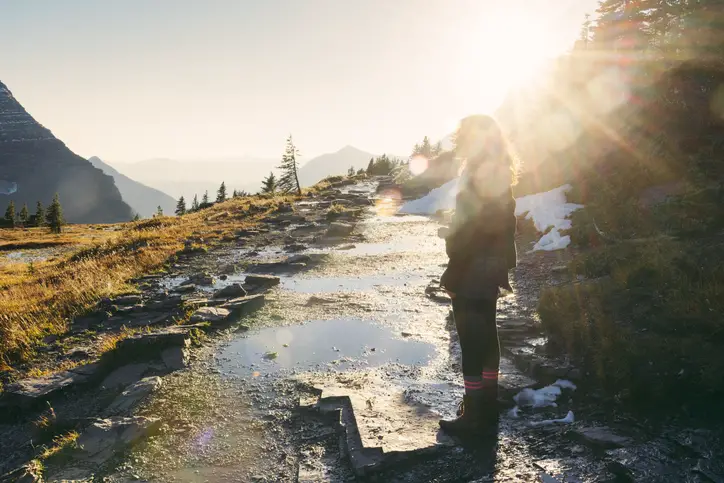
Glacier National Park in Montana is known for its stunning ice formations and incredible landscapes. Unfortunately, the glaciers that give the park its name are melting at an alarming rate. According to Dan Fagre, a climate scientist with the U.S. Geological Survey, the park’s glaciers could disappear completely within the next few decades. This rapid melting is attributed to rising global temperatures, which are affecting ice levels worldwide. Visiting the park is a chance to witness these majestic glaciers before they transform completely.
Aside from the glaciers, the park offers breathtaking views of rugged mountains, pristine lakes, and diverse wildlife. You’ll find numerous hiking trails that showcase the park’s natural beauty, from easy walks to challenging climbs. Visiting Glacier National Park isn’t just about seeing the glaciers themselves—it’s about experiencing the entire ecosystem they support. The park is a reminder of the delicate balance that exists in nature and why it’s so important to protect it. If you enjoy outdoor adventures, this is a must-see destination.
2. Joshua Tree National Park, California
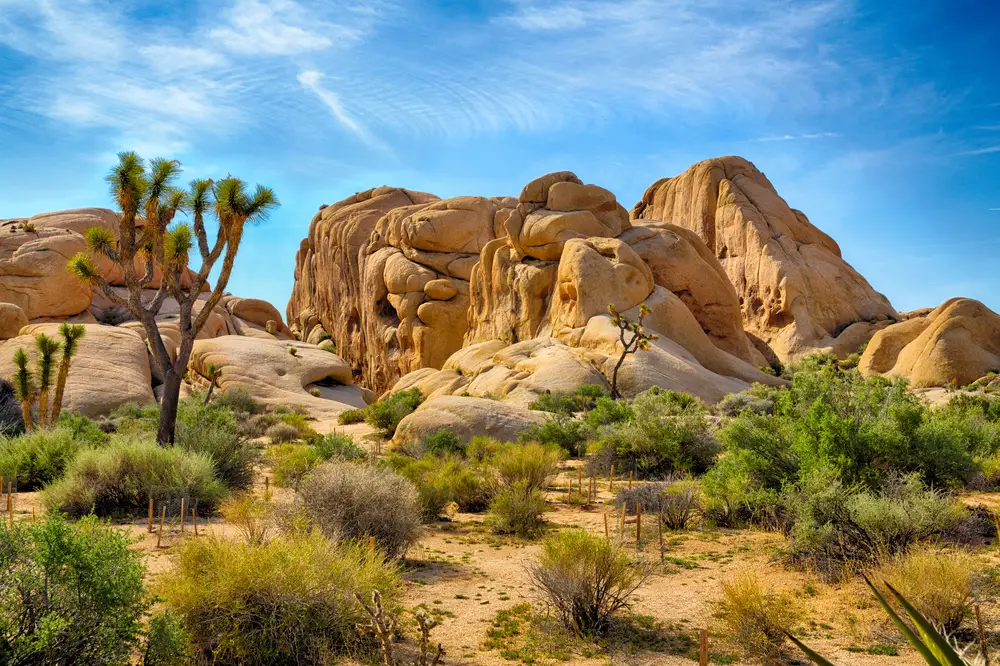
Joshua Tree National Park is adored for its unique Joshua Trees and distinctive desert landscape. However, climate change and prolonged drought are threatening these iconic trees. With less water available, the Joshua Trees are struggling to survive, putting the park’s future at risk. Beyond the trees, the park is home to rock formations and diverse wildlife, making it a fascinating place to explore. Visiting Joshua Tree is like stepping into another world, with its striking contrasts and serene beauty.
The park offers a range of activities, from rock climbing to stargazing, making it popular among outdoor enthusiasts. You’ll find trails that cater to all levels of hikers, offering panoramic views of the desert terrain. Camping under the stars is a unique experience, with clear skies illuminating the landscape. The park’s isolation adds to its charm, providing a peaceful escape from everyday life. If you’re keen to explore a desert environment, Joshua Tree is a remarkable destination you won’t want to miss.
3. Everglades National Park, Florida
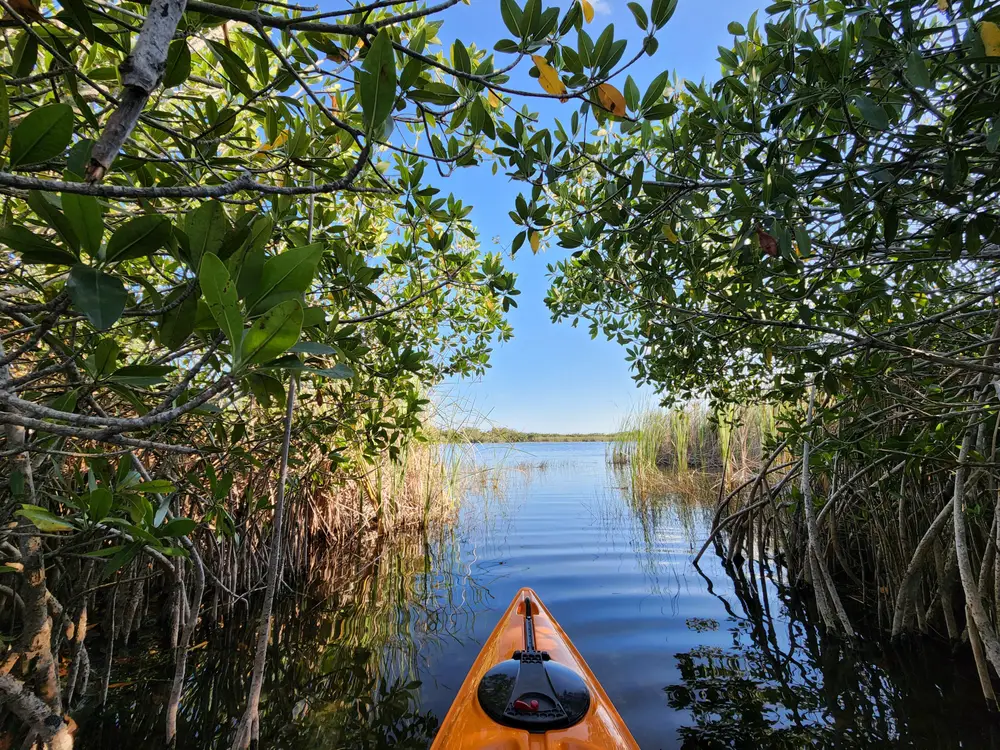
The Everglades National Park in Florida is a vast expanse of wetlands, home to a diverse range of species. Unfortunately, the ecosystem is under threat due to urban development and rising sea levels. According to research by the National Park Service, the Everglades are losing ground as saltwater intrudes into freshwater areas, altering habitats and affecting wildlife. The park’s unique environment supports species like the American crocodile and the Florida panther, making it an essential conservation area. Visiting the Everglades offers a glimpse into this fragile ecosystem and the challenges it faces.
Exploring the Everglades is an adventure in itself, with options like airboat tours and kayaking through the mangroves. You’ll get the chance to see alligators, manatees, and a variety of bird species in their natural habitat. The park’s vastness offers a sense of wilderness that’s hard to find elsewhere, with its lush landscapes and winding waterways. By visiting, you’re supporting efforts to preserve this crucial habitat and its inhabitants. It’s a reminder of the impact humans have on the environment and the importance of sustaining natural areas.
4. The Louisiana Coastline

The coastline of Louisiana is known for its rich biodiversity and vibrant culture. However, it’s disappearing at a concerning rate due to erosion, rising sea levels, and human interference. The wetlands that once protected the coast are diminishing, leaving the area more vulnerable to storms and flooding. This loss impacts not only the environment but also the communities that rely on these lands for their livelihood. Visiting the Louisiana coastline offers an opportunity to experience its beauty and understand the challenges it faces.
From the bustling city of New Orleans to the serene bayous, the Louisiana coastline provides a variety of experiences. You’ll find charming towns, local music, and delicious cuisine that reflect the region’s cultural heritage. Exploring the waterways by boat is a great way to see the diverse wildlife and learn about the area’s ecology. The coastline’s unique landscape is a testament to the power of nature and the resilience of the communities that inhabit it. If you’re looking for a place rich in history and culture, the Louisiana coastline is worth a visit.
5. The Great Salt Lake, Utah

The Great Salt Lake in Utah is the largest saltwater lake in the Western Hemisphere, known for its striking landscapes and diverse bird populations. However, the lake is shrinking rapidly due to water diversion and climate change. According to scientists from the Utah Geological Survey, the lake has reached historically low levels, threatening its ecosystem and the wildlife that depends on it. This decline affects not only the local environment but also the industries and communities that rely on the lake. Visiting the Great Salt Lake offers a unique perspective on the challenges facing this vital body of water.
The lake is a haven for birdwatchers, with millions of birds passing through during migration seasons. You can explore the surrounding areas, like Antelope Island, which offers hiking trails and opportunities to see wildlife up close. The lake’s high salinity makes swimming a unique experience, with its buoyant waters offering a different kind of adventure. The landscape is otherworldly, with its vast salt flats and colorful sunsets casting a magical glow. If you’re in Utah, the Great Salt Lake is a fascinating destination that’s worth exploring.
6. The Mississippi River Delta, Louisiana
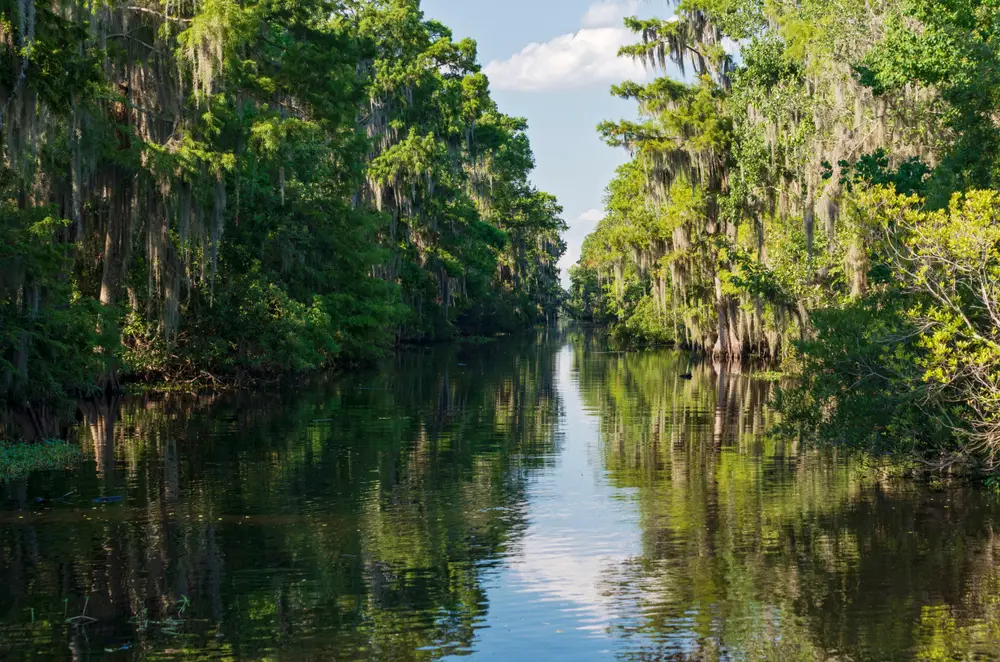
The Mississippi River Delta is a vital area where the river meets the Gulf of Mexico, creating rich habitats for wildlife. Unfortunately, the delta is facing significant challenges due to land loss and environmental changes. With ongoing erosion and rising sea levels, the delta’s landscapes and ecosystems are under threat. This affects not just the wildlife that lives there but also the people who depend on the delta for their livelihoods. Visiting the Mississippi River Delta offers insight into this dynamic environment and the efforts to preserve it.
The delta is a prime area for fishing, birdwatching, and exploring wetlands, offering a range of activities for nature lovers. You’ll find an abundance of wildlife, from migratory birds to aquatic species, thriving in this unique habitat. The delta’s intricate waterways and lush marshes create stunning vistas that offer a sense of tranquility. The region’s cultural heritage is also evident, with its blend of traditions and lifestyles influenced by the surrounding environment. If you’re curious about the interplay between nature and culture, the Mississippi River Delta is a destination that shouldn’t be missed.
7. The Outer Banks, North Carolina
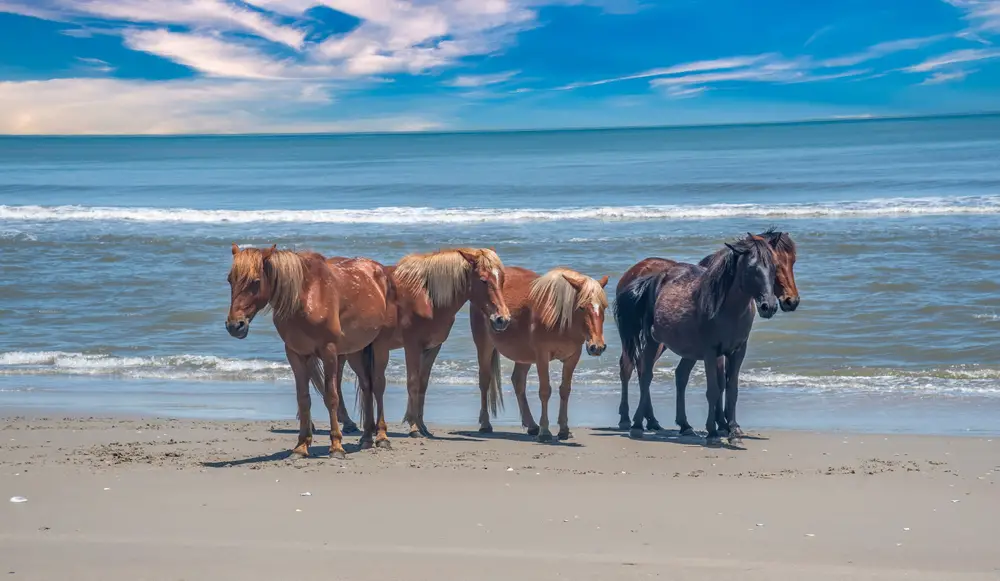
The Outer Banks in North Carolina is a beautiful stretch of barrier islands known for their sandy beaches and charming towns. However, these islands are facing erosion and rising sea levels, threatening their existence. According to Dr. Reide Corbett, a coastal oceanographer at East Carolina University, the Outer Banks are rapidly changing, with some areas already experiencing significant land loss. This natural beauty is at risk, and efforts are underway to mitigate the impact and preserve these islands. Visiting the Outer Banks offers a chance to enjoy this coastal paradise and understand the challenges it faces.
The islands are a popular destination for beachgoers, with miles of sandy shores perfect for sunbathing and water sports. You’ll find quaint villages, historic sites, and lighthouses that add character to the landscape. The Outer Banks is also known for its wildlife, with opportunities to see dolphins, wild horses, and a variety of bird species. The area’s natural beauty and laid-back atmosphere make it a great escape from the hustle and bustle of everyday life. If you love the beach and coastal living, the Outer Banks is a must-visit destination.
8. Niagara Falls, New York
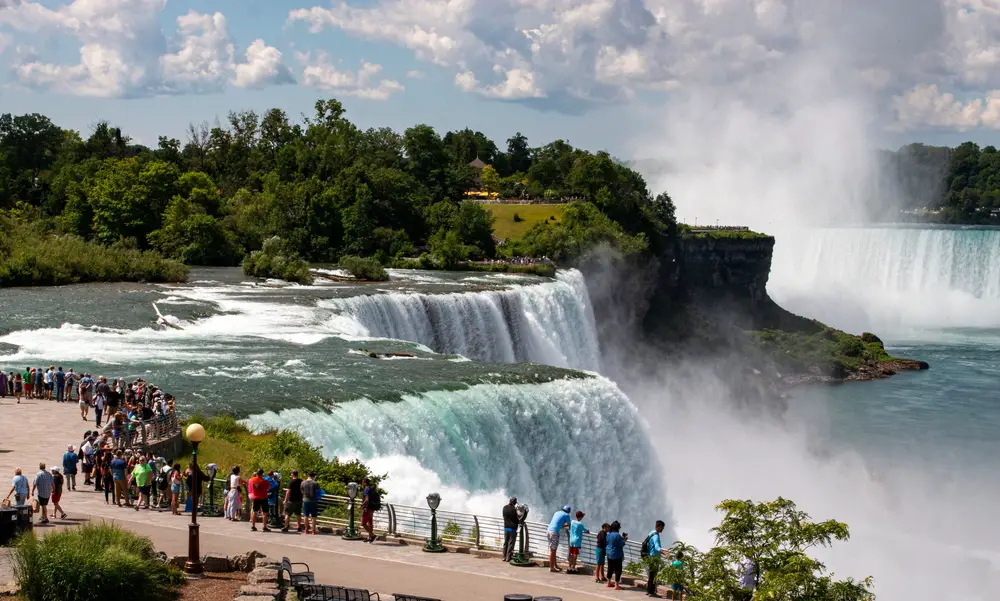
Niagara Falls is one of the most iconic natural wonders in the U.S., with its powerful waterfalls drawing millions of visitors each year. But the falls are facing challenges from erosion and ecological changes affecting their flow and the surrounding areas. The region around Niagara Falls is undergoing development, which can impact the natural landscape and its delicate balance. Despite these challenges, efforts are being made to preserve the falls and maintain their natural beauty. Visiting Niagara Falls offers an awe-inspiring experience that showcases the power and majesty of nature.
The falls are a breathtaking sight, with their thundering waters creating a mist that shrouds the area in a mystical atmosphere. You can take a boat tour to get up close to the falls or explore the surrounding parks and trails for stunning views. The area offers a mix of attractions, from museums to adventure parks, catering to a wide range of interests. The falls have long been a source of inspiration and wonder, drawing people from around the world to witness their beauty. If you haven’t yet experienced Niagara Falls, it’s a destination that should be high on your list.
9. The Chesapeake Bay, Maryland And Virginia
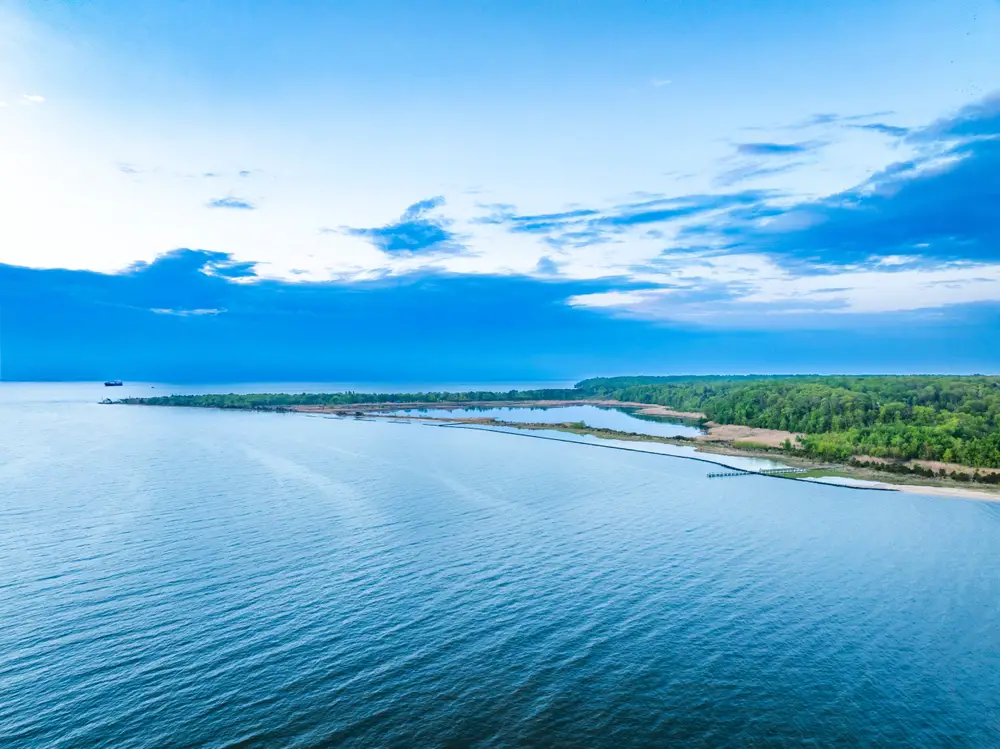
The Chesapeake Bay is the largest estuary in the U.S., known for its rich biodiversity and historic significance. However, pollution, overfishing, and climate change are threatening this vital ecosystem. The health of the bay is crucial for the communities and wildlife that rely on it, making conservation efforts essential. You can explore the bay by boat, kayak, or from the shore, taking in its vast beauty and diverse habitats. Visiting the Chesapeake Bay provides an opportunity to appreciate its importance and support efforts to protect it.
The bay is a haven for birdwatchers, with a variety of species using it as a stopover during migration. Fishing is a popular activity, with the bay’s waters yielding a bounty of seafood, including the famous Chesapeake Bay blue crabs. You’ll find charming towns along the bay, offering a glimpse into the area’s maritime heritage and cultural traditions. The bay’s landscapes are a blend of wetlands, forests, and open water, creating a diverse and dynamic environment. If you’re passionate about nature and conservation, the Chesapeake Bay is a destination that offers both beauty and education.
10. The Grand Canyon, Arizona
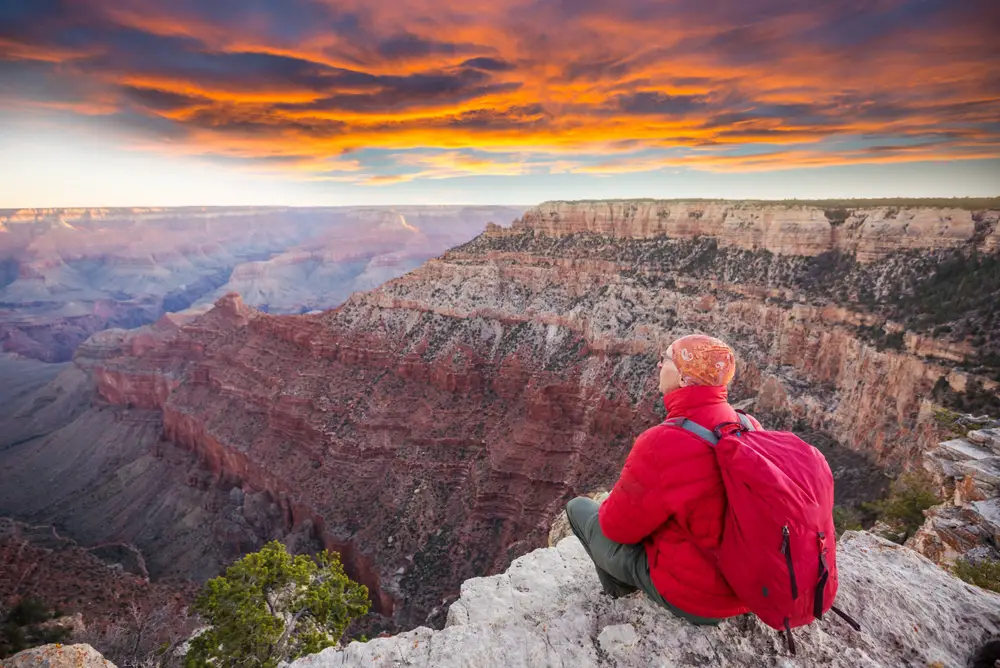
The Grand Canyon is a renowned natural wonder, known for its incredible size and stunning vistas. However, the canyon faces threats from tourism, mining interests, and climate change, which can impact its delicate ecosystem. Despite these challenges, the Grand Canyon remains a top destination for those seeking adventure and natural beauty. You can hike along its rim, raft the Colorado River, or take a helicopter tour for a bird’s-eye view. Visiting the Grand Canyon is a chance to witness one of nature’s masterpieces and reflect on its significance.
The sheer scale and beauty of the canyon are awe-inspiring, with its layered rock formations telling a story of Earth’s history. You’ll find a variety of trails, from easy walks to challenging hikes, offering different perspectives of the canyon’s grandeur. The area is home to diverse wildlife and plant species, adding to its ecological importance. The Grand Canyon’s sunsets and sunrises are particularly breathtaking, with the changing light casting vibrant colors across the landscape. If you’re drawn to vast, rugged landscapes, the Grand Canyon is a destination that promises to leave a lasting impression.
11. The Florida Reef, Florida

The Florida Reef is the only living coral barrier reef in the continental U.S., stretching over 300 miles along Florida’s coast. Unfortunately, the reef is under threat from climate change, pollution, and ocean acidification. These stressors are causing coral bleaching and die-offs, jeopardizing the reef’s health and biodiversity. Exploring the Florida Reef offers a chance to see this underwater wonder and its vibrant marine life. It’s a vital ecosystem, supporting a diverse range of species and providing protection to Florida’s coastlines.
Diving and snorkeling are popular activities, allowing you to get up close to the colorful corals and fish that inhabit the reef. You’ll find a variety of dive sites, each offering a unique glimpse into the reef’s vibrant underwater world. The Florida Keys are a gateway to the reef, with their laid-back vibe and stunning seascapes drawing visitors from around the world. Efforts are underway to preserve and restore the reef, making it essential to support these initiatives. If you’re passionate about marine life and conservation, the Florida Reef is a destination that shouldn’t be overlooked.
12. Mount Rainier, Washington

Mount Rainier stands as an iconic symbol of the Pacific Northwest, with its snow-capped peak visible from miles away. However, the glaciers on Mount Rainier are receding due to climate change, impacting the mountain’s ecosystem and water supply. Despite these changes, the mountain remains a breathtaking destination for outdoor enthusiasts and nature lovers. You can explore its trails, climb the summit, or enjoy the stunning views from its many vantage points. Visiting Mount Rainier offers a glimpse into the dynamic forces of nature and the importance of protecting these landscapes.
The national park surrounding Mount Rainier is home to diverse wildlife and lush forests, creating a haven for hikers and campers. You’ll find a variety of trails that cater to all skill levels, offering opportunities to explore the mountain’s beauty. The park’s wildflower meadows are particularly stunning in the summer, with vibrant colors blanketing the landscape. Camping and picnicking in the park provide a chance to immerse yourself in the natural beauty of the Pacific Northwest. If you’re seeking adventure and tranquility, Mount Rainier is a destination that delivers on both fronts.
13. The Arctic National Wildlife Refuge, Alaska

The Arctic National Wildlife Refuge (ANWR) in Alaska is a pristine wilderness, home to a wide range of wildlife and stunning landscapes. Unfortunately, the refuge is facing threats from potential oil drilling and climate change, which could disrupt its delicate ecosystem. Despite these challenges, the ANWR remains a vital habitat for species like polar bears, caribou, and migratory birds. Visiting the refuge offers a chance to experience a truly wild and untouched part of the world. It’s a reminder of the importance of preserving natural spaces for future generations.
The refuge’s vast landscapes are diverse, ranging from mountains to tundra, offering a variety of outdoor experiences. Wildlife viewing is a popular activity, with opportunities to see animals in their natural habitat. The remote and rugged nature of the ANWR makes it a unique destination for those seeking solitude and adventure. The refuge’s untouched beauty is a testament to the importance of conservation and the need to protect these vital areas. If you’re drawn to wild, unspoiled landscapes, the Arctic National Wildlife Refuge is a destination that promises an unforgettable experience.
